Want to know which animals are endothermic? This group includes the lion, bluefin tuna, common mouse, polar bear, emperor penguin, desert cottontail rabbit, human, blue whale, bar-headed goose, domestic chicken, horse, elephant, chimpanzee, cow, golden eagle, leopard, platypus, dolphin, kangaroo, and squirrel.
Endothermic animals have the unique ability to maintain a stable internal body temperature regardless of their environment. In this article, you'll discover what endothermic animals are, how endothermy works, and which species possess this trait. We’ll also explore the benefits of being warm-blooded and how these animals thrive in diverse ecosystems.
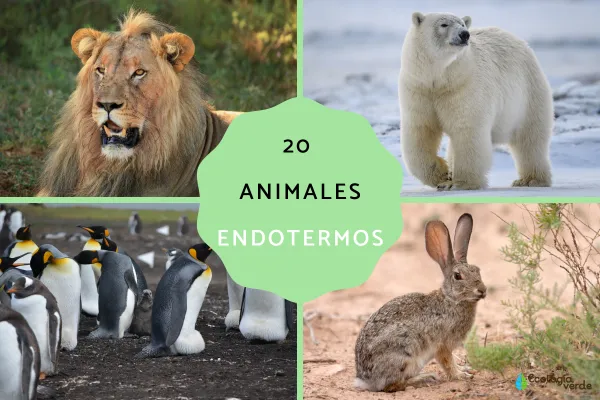
Endothermic animals are species that can generate and regulate their own body heat through internal metabolic processes. This allows them to maintain a constant body temperature, often higher than the ambient temperature.
Key characteristics of endothermic animals:
They are primarily birds and mammals.
All endotherms are vertebrates.
They have a high metabolic rate and require large amounts of energy.
They must consume a significant amount of food to meet energy demands.
They are capable of thriving in diverse and extreme environments.
Endothermy is the physiological process by which animals produce internal heat through metabolic reactions, mainly occurring in the mitochondria at the cellular level. Additional heat can also be generated through muscle activity, such as shivering.
This adaptation allows endotherms to remain active in cold environments and maintain high energy levels regardless of external temperature changes.
Wider geographic distribution – from arctic tundras to deserts.
Ability to be nocturnal – thanks to internal heat regulation.
Efficient digestion – aided by consistent internal temperatures.
Stronger immune responses – body temperature increases (fever) can help fight infections.
Lions need around 6 kg of meat daily to fuel their high metabolism. They often hunt in coordinated groups to take down large prey and maintain their body heat.
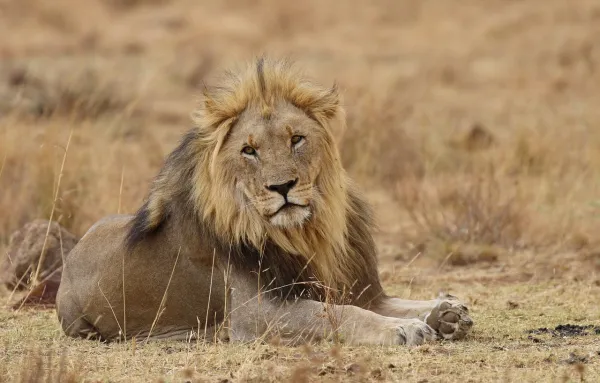
Most fish are ectothermic, but bluefin tuna can raise their internal temperature above the surrounding water. They store metabolic heat in their visceral region, allowing them to migrate between waters ranging from 3°C to 30°C.
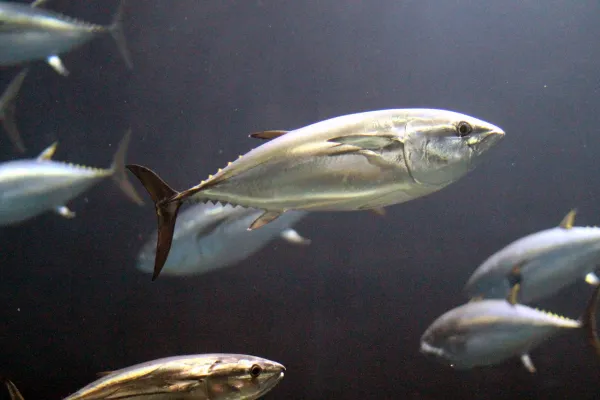
Mice are nocturnal and generate their own heat, allowing them to remain active at night without depending on sunlight.
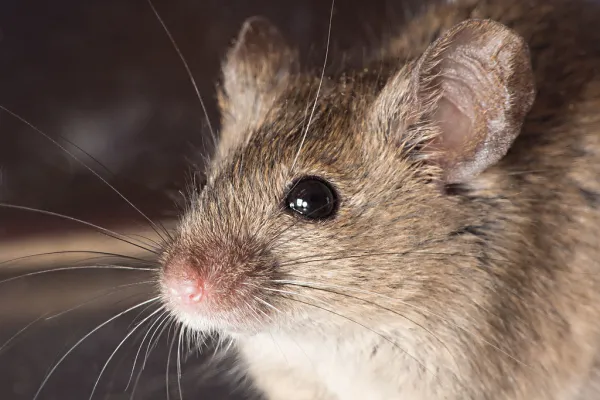
Surviving in frigid -10°C environments, polar bears have thick insulating fat and dark skin to absorb heat. Their cells produce high levels of nitric oxide, enhancing metabolic heat production.
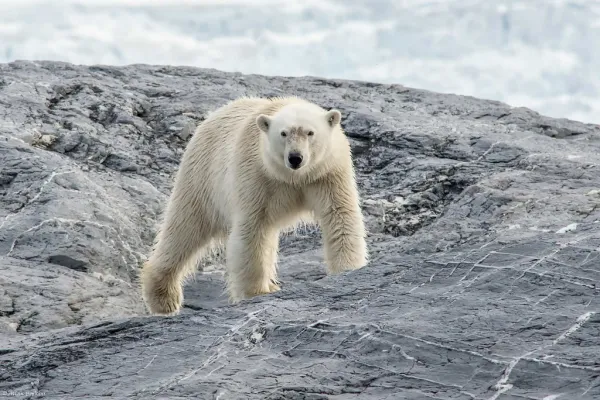
These Antarctic birds use a counter-current heat exchange system in their legs to conserve heat and slow their metabolism to survive extreme cold.
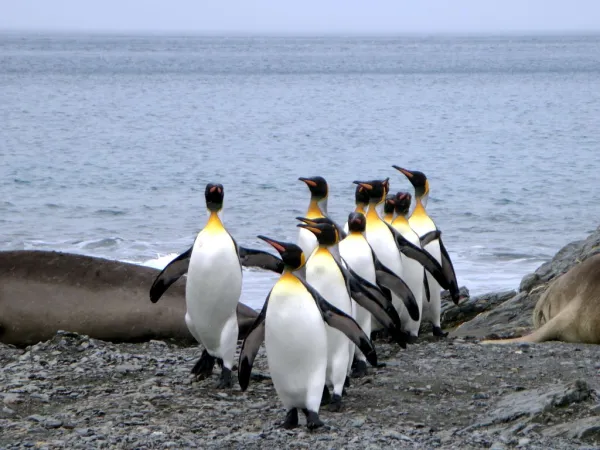
In hot desert climates, large ears help dissipate excess heat. Despite the heat, they still rely on internal regulation for survival.
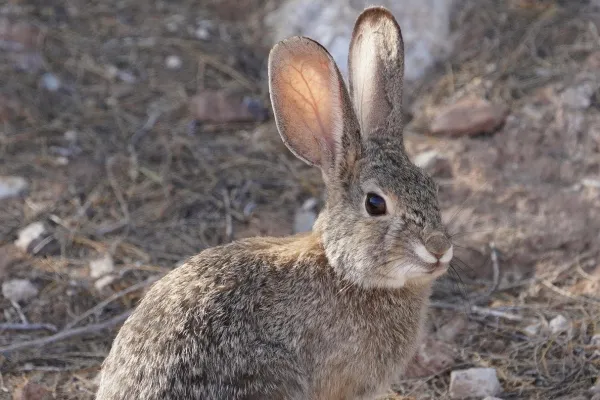
Humans maintain an average body temperature of 37.5°C. Fever is an immune response that temporarily raises body temperature to fight off pathogens.
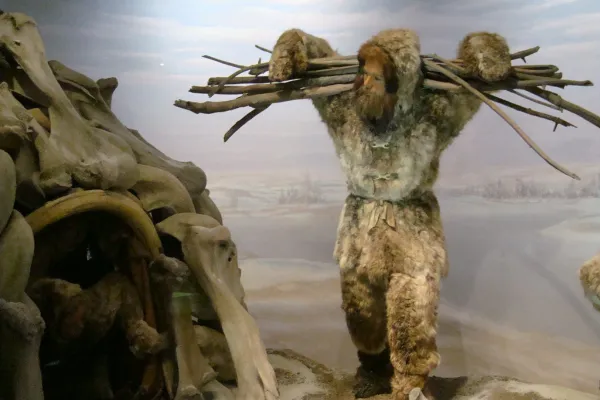
The largest endothermic animal, the blue whale, faces greater heat loss in water. Its massive size and thick blubber help maintain internal warmth.
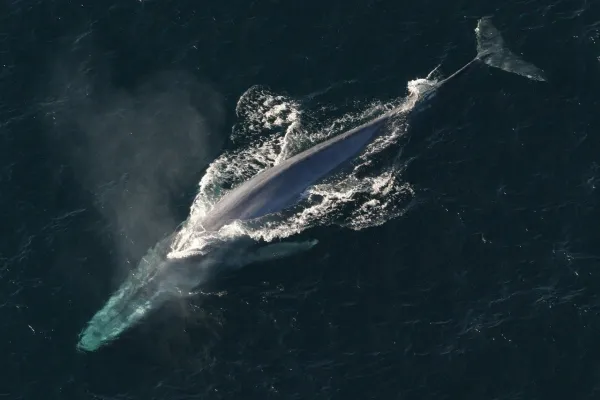
These geese fly over the Himalayas at altitudes over 8,000 meters. They maximize oxygen intake with efficient breathing and generate body heat through sustained flight.
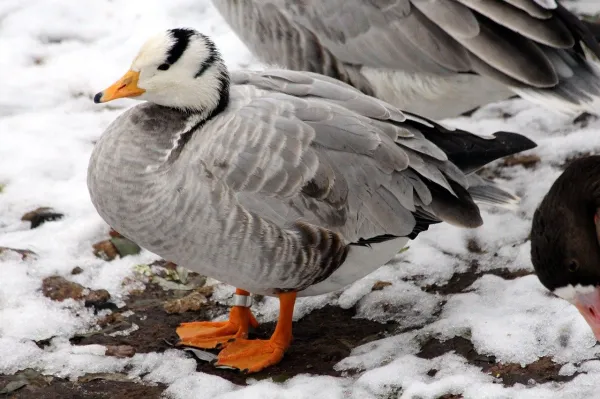
Chickens maintain body temperatures of 40–42°C. While brooding, they transfer heat to their eggs, which is vital for development.
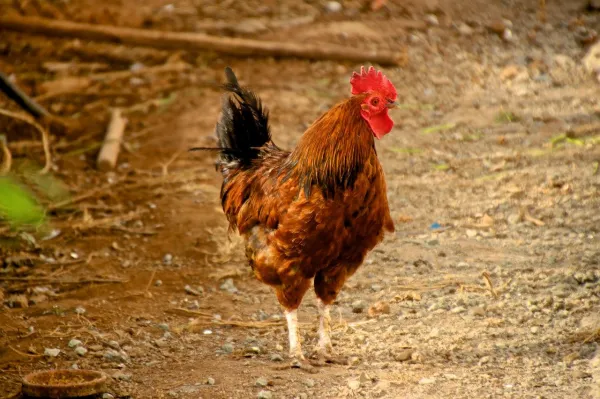
Highly adaptable, horses regulate body temperature efficiently through sweating and muscular activity during locomotion.
Elephants use their large ears to release heat and stay cool. Their internal regulation system also adapts to tropical and temperate climates.
As close relatives to humans, chimps share similar thermoregulatory and metabolic traits.
Cows produce considerable metabolic heat during digestion, which helps them maintain a steady temperature even in colder environments.
This powerful raptor can survive in high mountains and cold regions, thanks to a well-regulated internal temperature and dense feathers.
Leopards thrive in various ecosystems, from tropical forests to mountainous terrain, adjusting their internal temperature accordingly.
Despite laying eggs, the platypus is a warm-blooded mammal with fur and the ability to maintain body temperature in cold water.
These active marine mammals rely on blubber and constant swimming to produce and retain heat in cold ocean waters.
Kangaroos regulate body heat through muscle movement and behavior, adapting well to Australia’s fluctuating temperatures.
Squirrels are endotherms that stay active year-round. They rely on food storage and fat reserves to generate heat during cold seasons.
Endothermic animals have evolved to thrive in diverse climates and ecological conditions. While maintaining internal body temperature requires more energy, the benefits—such as greater adaptability and survival flexibility—make it a successful evolutionary trait.
Bibliography
Eliosa, H., and Silva, A. (2011). The Origin of Endothermy in Vertebrates. Science 102, April-June, 28-36
Sudekum, L., and Townes, C. (2010). Bluefin Tuna. Available at: https://www.reed.edu/biology/professors/srenn/pages/teaching/web_2010/bluefin_tuna_MLSCTA_final/index.html
National Geographic Editorial Staff (2021). Blue Whale. Available at: https://www.nationalgeographic.es/animales/ballena-azul
animal tags: mammals birds thermoregulation
We created this article in conjunction with AI technology, then made sure it was fact-checked and edited by a Animals Top editor.